Disclosure: This article contains affiliate links. We may earn a commission from purchases at no extra cost to you, which helps our travel content.
Barcelona isn't just Gaudí's playground—though Dio mio, his architecture certainly dominates the skyline and tourist itineraries. As someone who grew up surrounded by Venice's photogenic canals, I've developed an eye for finding beauty beyond the obvious landmarks. During my recent spring weekend in Barcelona, I challenged myself to seek out the visual poetry hiding in plain sight. While the Sagrada Familia deserves every bit of its fame, the city offers a kaleidoscope of equally captivating scenes waiting for your lens. Let me guide you through Barcelona's less-traveled but equally stunning vistas that will elevate your Instagram feed from tourist to visual storyteller.
The Magic Light of Bunkers del Carmel
Perched atop Turó de la Rovira, the abandoned anti-aircraft bunkers from the Spanish Civil War offer what I consider Barcelona's most spectacular panoramic view. I arrived an hour before sunset, my camera bag slung comfortably across my shoulder, ready to capture the golden light as it washed over the city grid below.
What makes this spot magical isn't just the 360-degree vista—it's the layers of history beneath your feet. The crumbling concrete platforms tell stories of conflict, while offering the perfect foreground element to frame the modern city. As the sun dipped toward the Mediterranean, I watched the city transform from a concrete jungle to a glowing grid of amber lights.
The hike up is moderate but entirely worth it. I shared the sunset with a handful of locals sharing bottles of wine and a few in-the-know photographers setting up tripods. Unlike Park Güell, there's no entrance fee—just raw, unfiltered Barcelona stretching from mountains to sea.
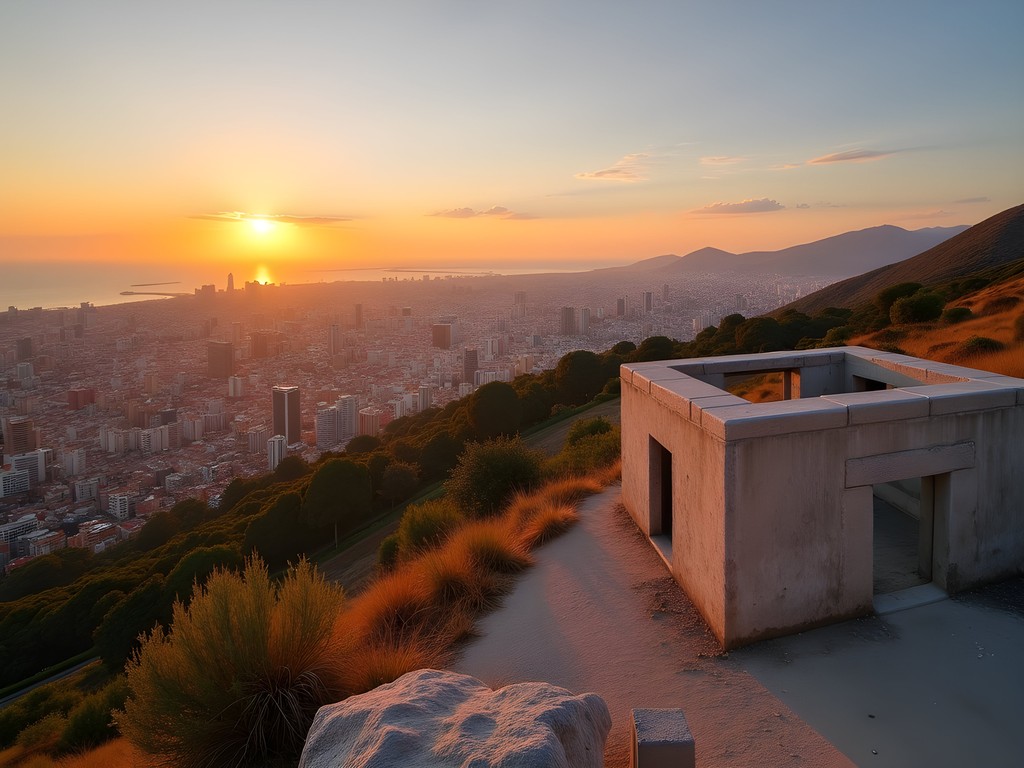
💡 Pro Tips
- Arrive at least one hour before sunset to secure a good spot and watch the changing light
- Bring a small blanket to sit comfortably on the concrete ruins
- Pack a small flashlight for the walk down after sunset
El Born: Where Light and Shadow Play
El Born district remains my favorite neighborhood in Barcelona for street photography. The narrow medieval streets create dramatic corridors of light and shadow throughout the day—a phenomenon Italian photographers call 'chiaroscuro.' I spent an entire morning wandering these labyrinthine passages, my lens cleaning kit constantly at hand to keep my glass spotless in the dusty alleyways.
Start at Passeig del Born, the neighborhood's main artery, then deliberately get lost in the surrounding streets. The contrast between bright sunlight and deep shadow creates dramatic natural spotlights on textured stone walls, ornate balconies, and the occasional resident going about their day.
Mid-morning (around 10-11 AM) offers the most dramatic light rays as sunlight cuts between buildings. Unlike the Gothic Quarter, El Born feels more lived-in and authentic, with fewer tourists cluttering your frames. The neighborhood is also home to some of Barcelona's best small galleries and artisan shops, providing plenty of visual interest beyond architecture.
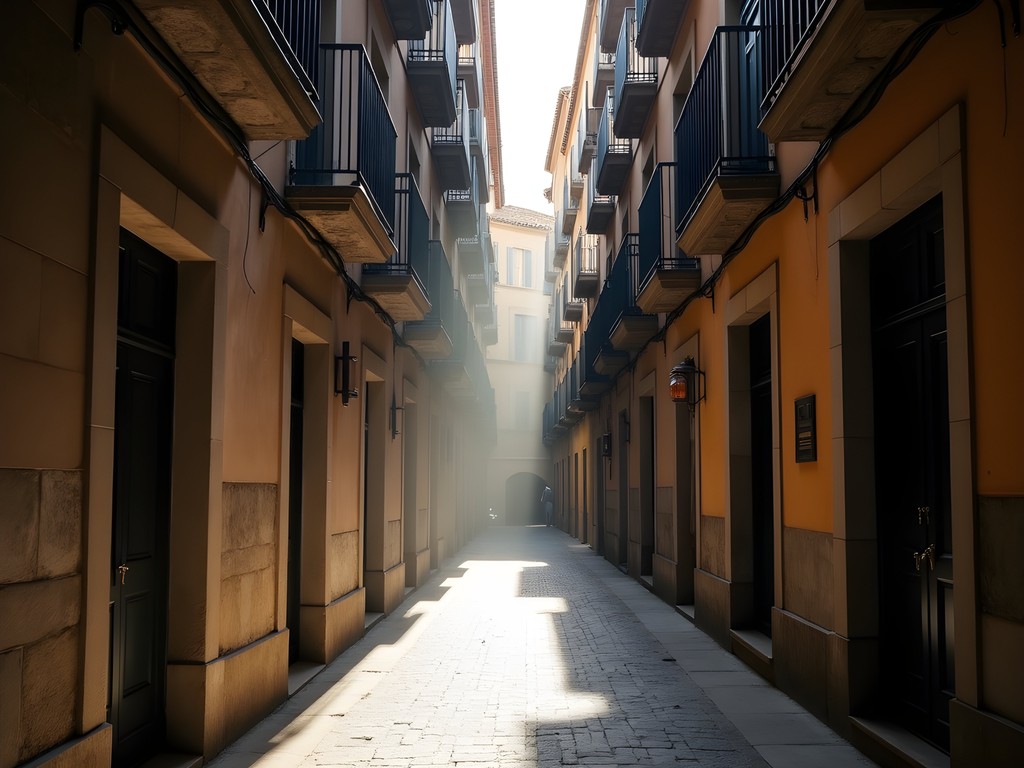
💡 Pro Tips
- Visit between 10-11 AM for the most dramatic light rays in the narrow streets
- Look for contrasting elements like modern street art against medieval walls
- Include locals in your compositions for a sense of scale and daily life
Rooftop Bars: Barcelona from Above
Barcelona's rooftop culture offers photographers a unique perspective that most tourists miss entirely. While many visitors focus on street-level attractions, I've found that the city's true character emerges when viewed from above. The geometric patterns of the Eixample district, with its octagonal intersections and interior courtyards, create fascinating compositions impossible to appreciate from the ground.
My favorite rooftop discovery was Hotel 1898 on La Rambla. For the price of a cocktail (around €15), non-guests can access their stunning terrace with 360-degree views. I brought my variable ND filter to tame the bright Mediterranean sunlight and capture long exposures even during daytime.
Other noteworthy rooftops include the Hotel Pulitzer near Plaça Catalunya and La Isabela at Hotel 1898. Each offers a different perspective on the city, from Gothic spires to modernist masterpieces. The best part? Most tourists never venture up, meaning your shots won't have that overexposed, seen-it-a-million-times quality that plagues most Barcelona photography.
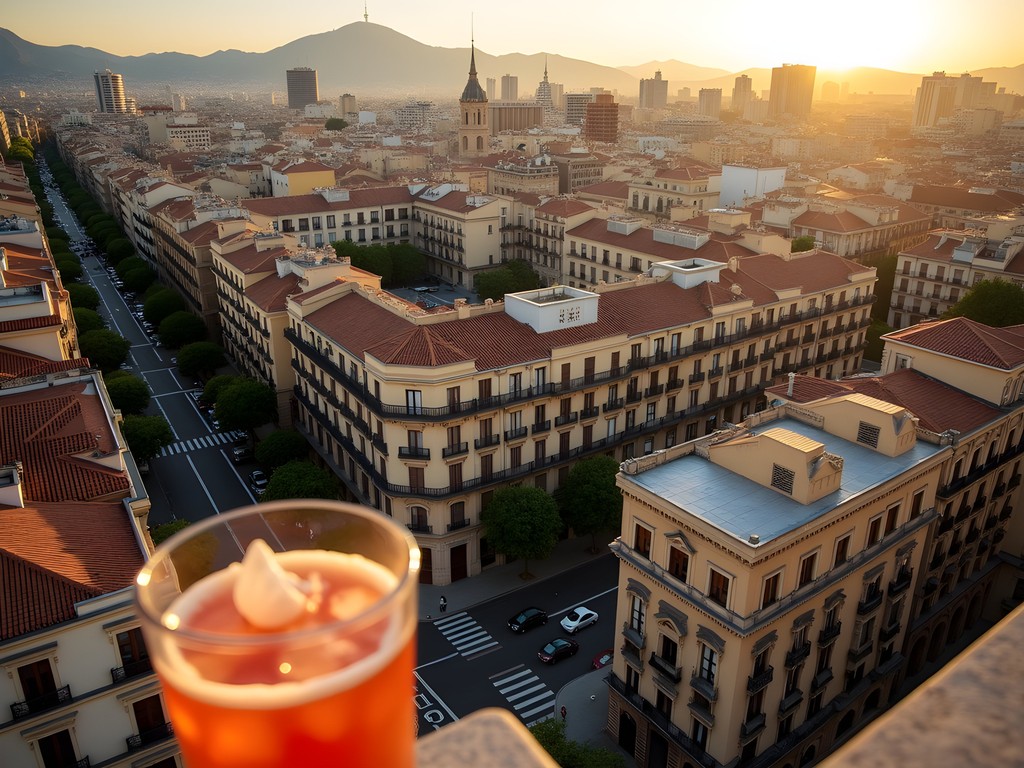
💡 Pro Tips
- Visit rooftop bars during weekday afternoons when they're less crowded
- Ask permission before setting up a tripod, as policies vary by establishment
- Order a drink and tip well—you're using their space for potentially hours
Parc del Laberint d'Horta: Barcelona's Secret Garden
When Barcelona's more famous parks become overrun with tourists, I escape to Parc del Laberint d'Horta—the city's oldest garden and home to a meticulously maintained hedge maze. Located in the northern district of Horta, this neoclassical garden remains surprisingly uncrowded, even during peak season.
I arrived early on a Sunday morning with my water bottle (Barcelona's spring heat can sneak up on you) and spent hours photographing the interplay of classical statues, cypress trees, and reflecting pools. The symmetry and order here provide a stark contrast to Gaudí's organic forms that dominate elsewhere in the city.
The hedge maze itself presents unique photographic challenges—capturing both the geometric patterns and the sense of mystery. I found that shooting from elevated positions near the pavilion offered the best compositions. The morning light filtered through the trees creates dappled patterns that add depth to images that might otherwise appear flat.
With an entrance fee of only €2 (free on Sundays), this hidden gem delivers exceptional value for photographers seeking unique compositions away from the crowds.
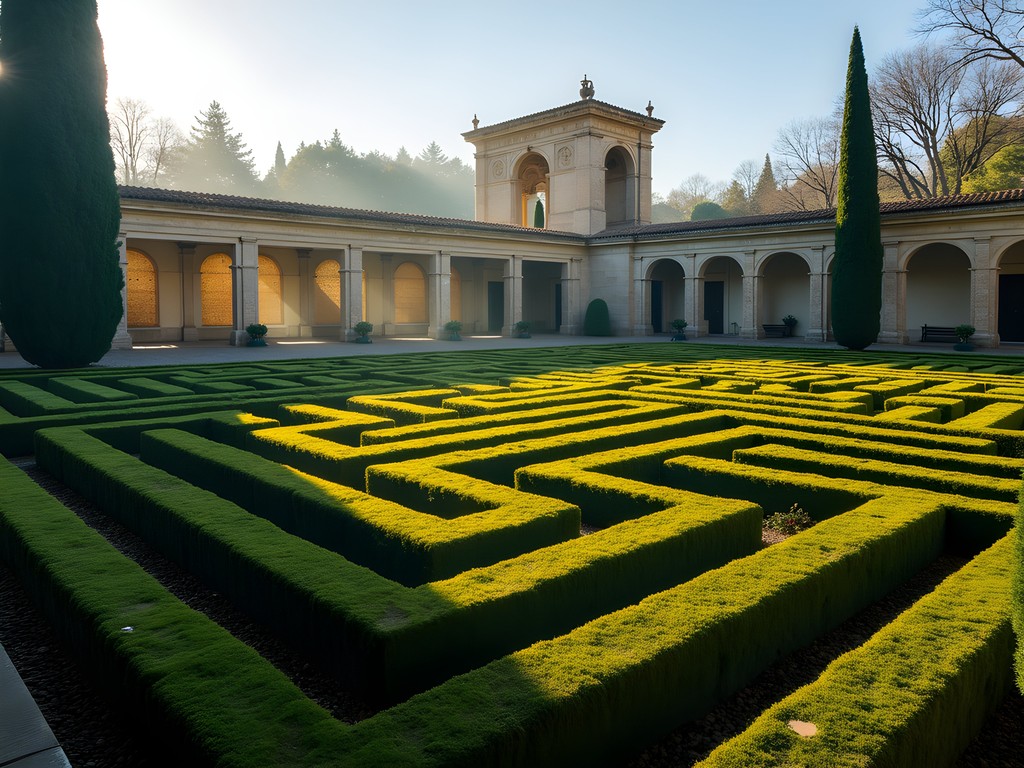
💡 Pro Tips
- Visit on weekday mornings or Sunday before 11 AM to avoid local families
- Bring a small foldable reflector to bounce light into shadowy garden areas
- Look for reflections in the ornamental ponds to create symmetrical compositions
Montjuïc Cemetery: Hauntingly Beautiful
For photographers seeking something truly different, Montjuïc Cemetery offers a hauntingly beautiful alternative to Barcelona's sun-drenched plazas. Perched on the slopes of Montjuïc mountain, this 19th-century necropolis combines stunning Mediterranean views with elaborate funerary art.
I visited on a misty spring morning, my weatherproof notebook in hand to record the stories behind particularly striking monuments. The cemetery is organized in terraced avenues that climb the hillside, creating dramatic perspectives where ornate mausoleums seem to ascend toward the sky.
The contrast between weathered stone, lush cypress trees, and glimpses of blue Mediterranean creates compositions with emotional depth. I found the morning light (before 11 AM) most flattering, as it softly illuminates the eastern-facing monuments without creating harsh shadows.
While photography is permitted, remember this is an active cemetery deserving appropriate respect. Keep your voice down, avoid flash photography, and never disturb mourners or ceremonies. The cemetery is free to visit and easily accessible via the Montjuïc funicular followed by Bus 107.
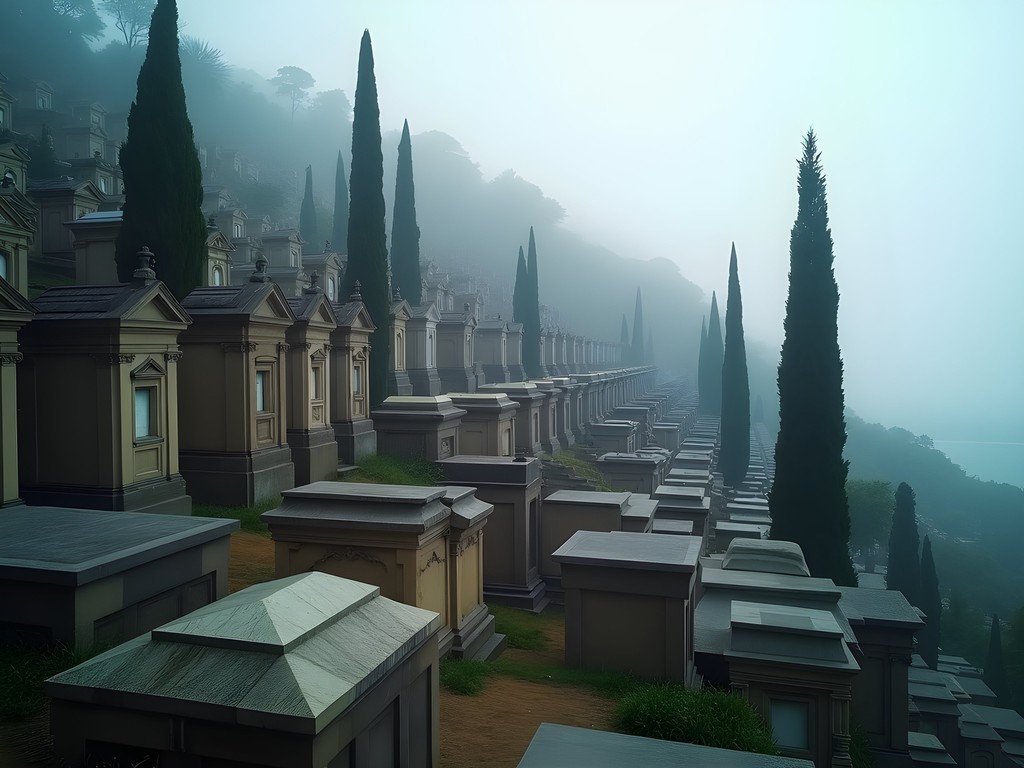
💡 Pro Tips
- Visit on slightly overcast days for soft, diffused light that complements the stone monuments
- Bring a medium telephoto lens to capture details of sculptures without intruding on private moments
- Download the cemetery's app for a map of notable monuments and their historical significance
Poblenou's Urban Transformation
Once Barcelona's industrial heart, Poblenou has transformed into a canvas for urban renewal and street art. This neighborhood offers photographers a compelling visual narrative of Barcelona's evolution from industrial powerhouse to creative hub.
I spent an afternoon exploring the area around Carrer de Pere IV, where abandoned factories now house art collectives and tech startups. My polarizing filter proved invaluable for managing reflections on the many glass and metal surfaces while enhancing the vibrant street art colors.
The juxtaposition of crumbling industrial architecture against bold murals creates powerful visual stories. Don't miss the constantly evolving street art along Passatge Trullàs and the repurposed factory complex of Palo Alto. The latter hosts a weekend market worth timing your visit around.
For a perfect sunset shot, head to the distinctive copper-colored Torre Glòries (formerly Torre Agbar) as it catches the late afternoon light. Then continue to Poblenou Cemetery, which offers a quieter, more traditional counterpoint to the neighborhood's modern transformation.
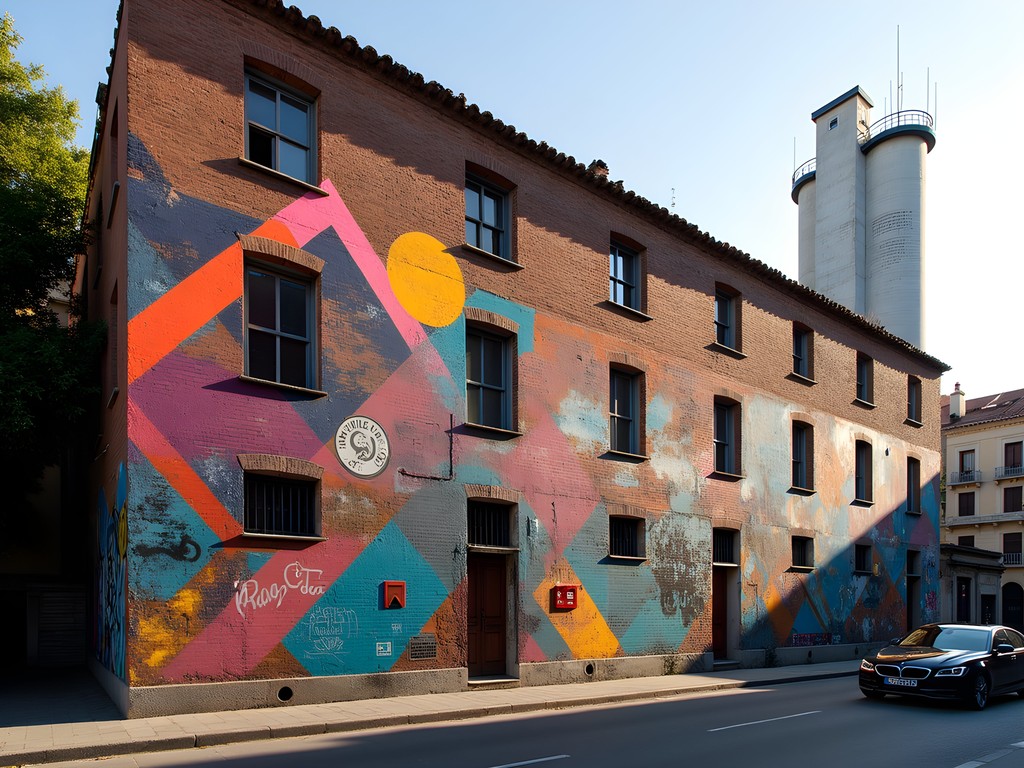
💡 Pro Tips
- Visit on weekdays to photograph artists at work in various studio spaces
- Bring a wide-angle lens to capture the scale of industrial buildings and murals
- Check local event listings for temporary art installations that provide unique photo opportunities
Hospital de Sant Pau: Modernist Masterpiece Without Crowds
While tourists queue for hours at Casa Batlló and La Pedrera, I found architectural nirvana at the Hospital de Sant Pau—a UNESCO World Heritage site that rivals any of Gaudí's works yet receives a fraction of the visitors. This sprawling modernist complex designed by Lluís Domènech i Montaner combines function with fantastical decoration in a way that's distinctly Catalan.
I arrived just after opening (9:30 AM) with my lens ball to experiment with creative perspectives of the ornate pavilions. The morning light illuminated the colorful mosaics, stained glass, and sculptural details that adorn every surface. Unlike the dark interiors of many historic buildings, Sant Pau's pavilions feature large windows that flood spaces with natural light—a photographer's dream.
The site's clever design includes underground tunnels connecting pavilions, creating leading lines that draw viewers through your compositions. The administration building, with its clock tower and intricate façade, offers particularly striking photo opportunities from the central garden.
At €15, the entrance fee is comparable to Barcelona's more famous modernist sites, but the experience is vastly superior for photographers—you'll have space to set up shots without tourists crowding your frame.
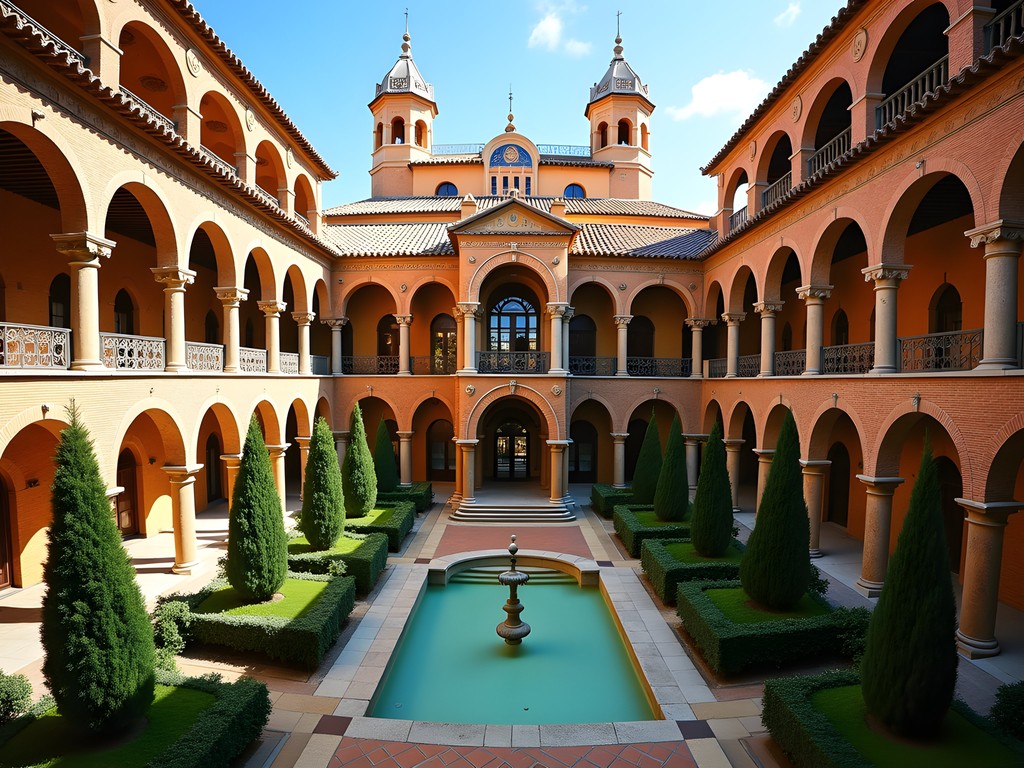
💡 Pro Tips
- Visit first thing in the morning to capture the buildings in warm light before tour groups arrive
- Look for reflections in the many decorative pools throughout the complex
- Don't miss the underground tunnels, which offer unique perspectives and are often overlooked by casual visitors
Mercado de la Boqueria Beyond the Entrance
La Boqueria market appears on every Barcelona itinerary, but most visitors never venture beyond the tourist-packed front stalls. As someone who grew up with Italian markets, I know the photographic gold lies deeper inside, where actual locals shop and vendors aren't just posing for Instagram.
I arrived at 8:30 AM, just as vendors were setting up, my travel steamer having rescued my wrinkled linen shirt for presentable market interactions. The early hour meant softer light filtering through the market's iron framework and fewer tourists blocking compositions.
Head to the back third of the market, particularly around the fish section, where vendors arrange their catch with an artistry that deserves documentation. The vivid colors of seafood against ice, the weathered hands of fishmongers, and the dance of transactions create storytelling opportunities beyond simple food photography.
For the best light, position yourself where sunbeams penetrate the market's roof structure, creating dramatic spotlights on produce displays. Vendors generally don't mind photography if you're respectful, but always ask permission before taking close-ups of people. Purchasing something small—I bought some local almonds—builds goodwill and often leads to more intimate photo opportunities.
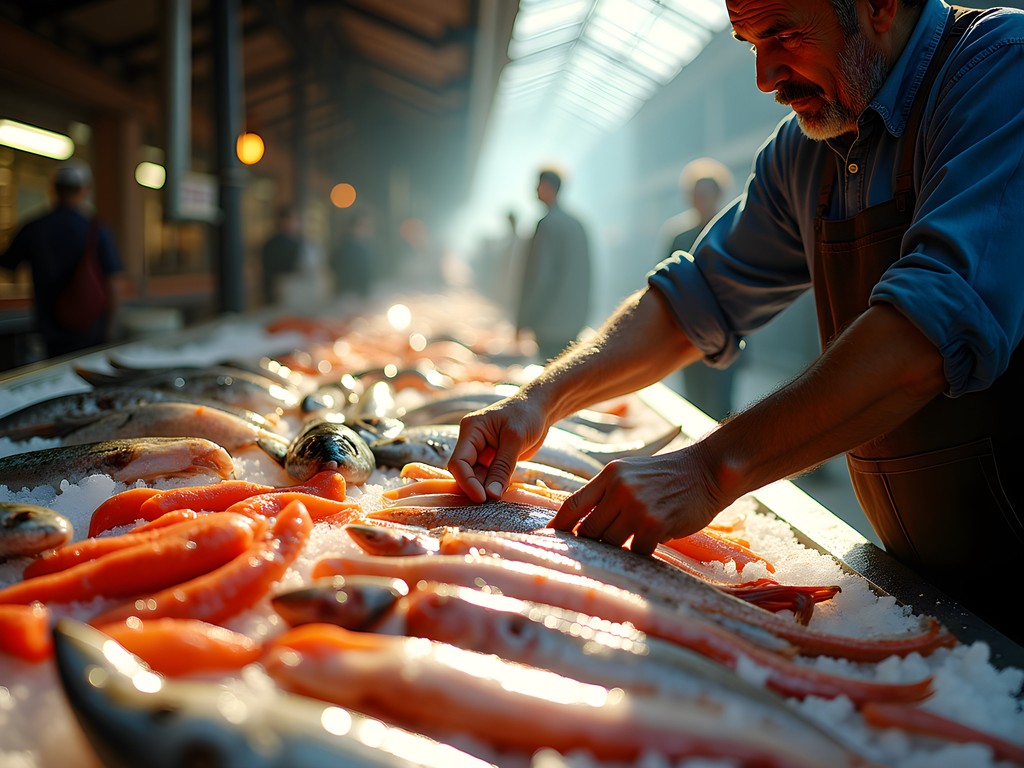
💡 Pro Tips
- Visit between 8-9 AM on weekdays for authentic market activity without tourist crowds
- Use a fast prime lens with good low-light performance for the market's mixed lighting conditions
- Look for compositions that include both the product and the vendor to tell a complete story
Carmel Hill Lavender Fields
Few visitors realize that Barcelona hides pockets of Mediterranean countryside within city limits. On the slopes of Carmel Hill, just a short walk from Park Güell, I discovered small lavender fields that provide a fragrant foreground to city panoramas.
I timed my visit for late afternoon when the low sun illuminated the purple blooms against Barcelona's urban sprawl below. My insect repellent proved essential as bees and butterflies (great for macro shots!) were abundant among the flowers.
The contrast between fragrant purple lavender in the foreground and Barcelona's distinctive architecture in the background creates uniquely Catalan compositions. Look for spots where you can align the lavender with iconic structures like Sagrada Familia or Torre Glòries in the distance.
The best fields are found along the hiking paths between El Carmel neighborhood and the Bunkers viewpoint. While not as vast as Provence's famous lavender fields, these small plantings offer intimate compositions with a distinctly urban twist. April and May provide peak blooms before the summer heat diminishes their vibrancy.
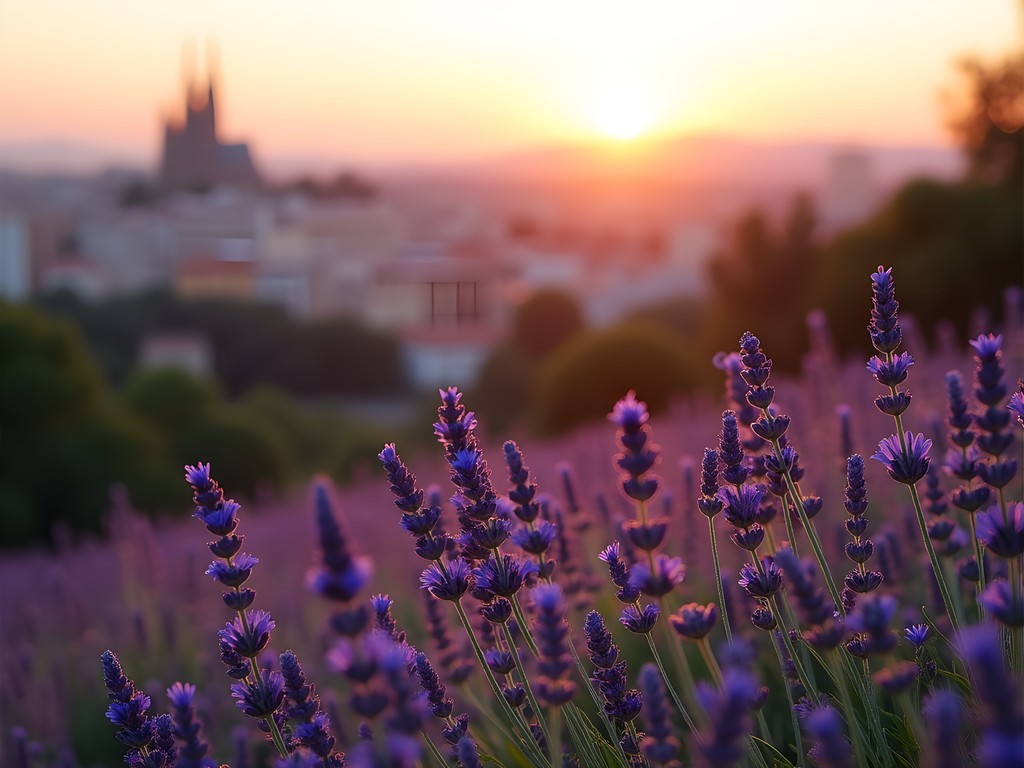
💡 Pro Tips
- Visit 2-3 hours before sunset for the best light on both the flowers and the city below
- Bring a medium zoom lens (24-70mm range) to compose both close-ups and wider contextual shots
- Use a small piece of black card as a makeshift flag to block direct sunlight when shooting backlit lavender
Plaça de Sant Felip Neri: Emotional Storytelling
Hidden in the Gothic Quarter, Plaça de Sant Felip Neri tells Barcelona's most poignant visual story through its shrapnel-scarred walls. This small, secluded square witnessed tragedy during the Spanish Civil War when a bomb killed 42 people, mostly children from the church school.
I visited mid-morning when soft light illuminated the fountain at the square's center while leaving the pockmarked church walls in gentle shadow. The contrast between the square's tranquil beauty and its violent history creates photographs with emotional depth rarely found at typical tourist spots.
The square's baroque church, Renaissance-style fountain, and acacia trees frame intimate compositions that feel timeless. During my visit, I used my remote shutter to capture long exposures of the fountain without camera shake, creating a sense of flowing time against the static, scarred walls.
Approach photography here with sensitivity—the square hosts an active church and school, and the bomb damage serves as a memorial. Visit between 10-11 AM when light enters the square but before tour groups arrive. The entrance is through a narrow passage off Carrer de Montjuïc del Bisbe, easy to miss if you're not looking for it.
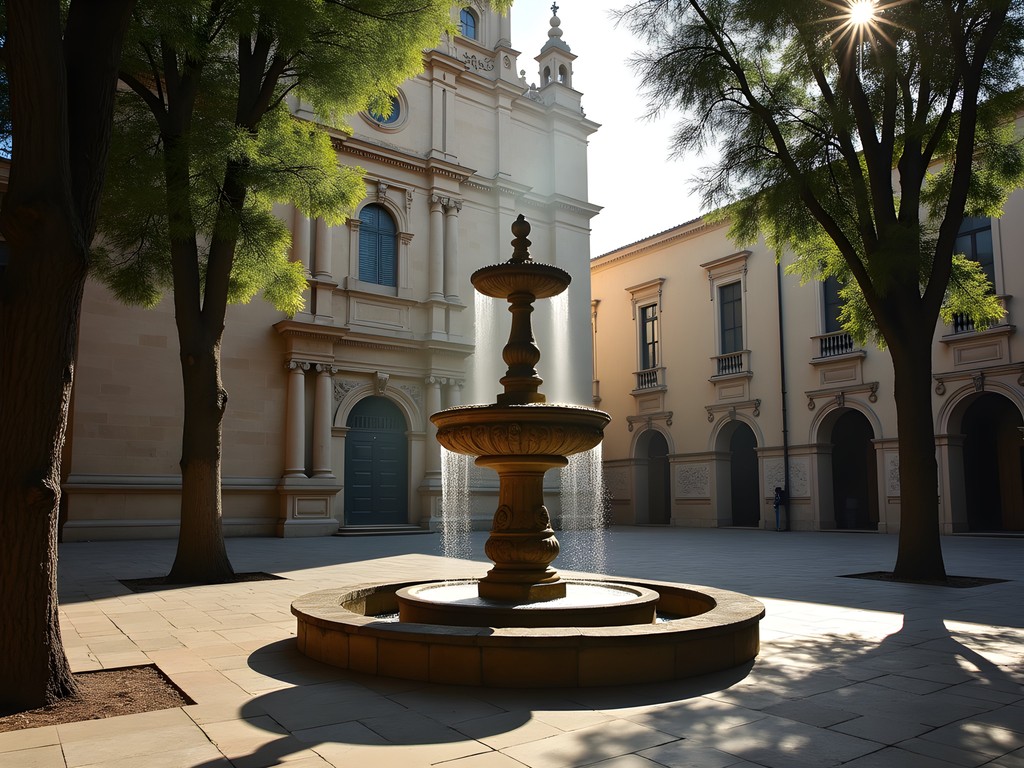
💡 Pro Tips
- Visit between 10-11 AM when light enters the square but before tour groups discover it
- Photograph the wall pockmarks with side lighting to emphasize their texture and historical significance
- Include the fountain or children playing to contrast life continuing against historical tragedy
Tibidabo Abandoned Attractions: Nostalgic Urbex
For photographers drawn to the hauntingly beautiful aesthetic of abandoned places, Tibidabo Amusement Park hides a secret. While the main park operates normally, several former attractions lie abandoned on the mountain slopes below, creating a surreal juxtaposition of faded fun against Barcelona's panorama.
I explored these forgotten corners during early evening when the low light created dramatic shadows across rusting structures. My headlamp proved essential for navigating dimly lit areas while keeping both hands free for camera work.
The most photogenic abandoned site is the former water funicular station, with its decaying Art Nouveau architecture and sweeping views. Nature slowly reclaiming these man-made structures creates compelling visual narratives about time and impermanence. The contrast of abandoned rides against the backdrop of the thriving city below offers powerful compositional opportunities.
Access requires some hiking on unmarked trails, so wear appropriate footwear and use caution—these are not officially sanctioned tourist areas. I recommend visiting with a local guide who knows both the safe access points and the historical context. The most interesting sites are found along the old funicular route connecting Tibidabo with the Vallvidrera neighborhood.
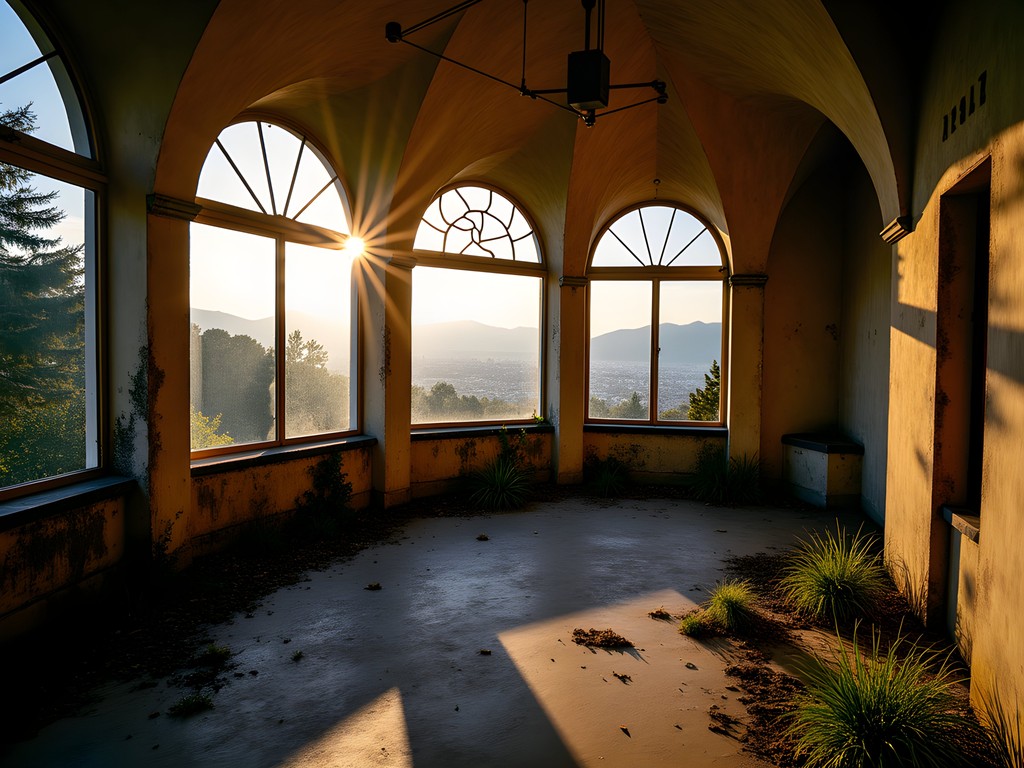
💡 Pro Tips
- Visit during golden hour when warm light enhances the nostalgic quality of abandoned structures
- Bring a flashlight for exploring shadowy interiors safely
- Research the history of specific abandoned attractions to add depth to your captions
Horta Labyrinth Park at First Light
While I mentioned Parc del Laberint d'Horta earlier, it deserves a second entry specifically for early morning photography. Arriving at opening time (8:00 AM in spring) transforms the experience entirely. The first light creates magical conditions as mist often clings to the maze hedges and dew glistens on classical statues.
I arrived just as the gates opened, my thermos filled with strong Italian coffee to fuel my early start. The park was completely empty save for groundskeepers, allowing unobstructed compositions impossible later in the day.
The morning light at this hour comes in at a low angle, creating dramatic shadows across the neoclassical pavilions and highlighting the texture of ancient stone against manicured greenery. The reflecting pools, perfectly still without visitors, create mirror images that double the visual impact of the surrounding architecture.
For the most ethereal shots, head directly to the lower garden where morning mist lingers longest around the cypress trees and mythological statues. The combination of classical elements with soft light and mist creates images with an almost painterly quality reminiscent of Claude Lorrain landscapes.
The effort of arriving early is rewarded not just with better light but with the rare luxury of photographing Barcelona without other people in your frame—an increasingly precious opportunity in this popular city.
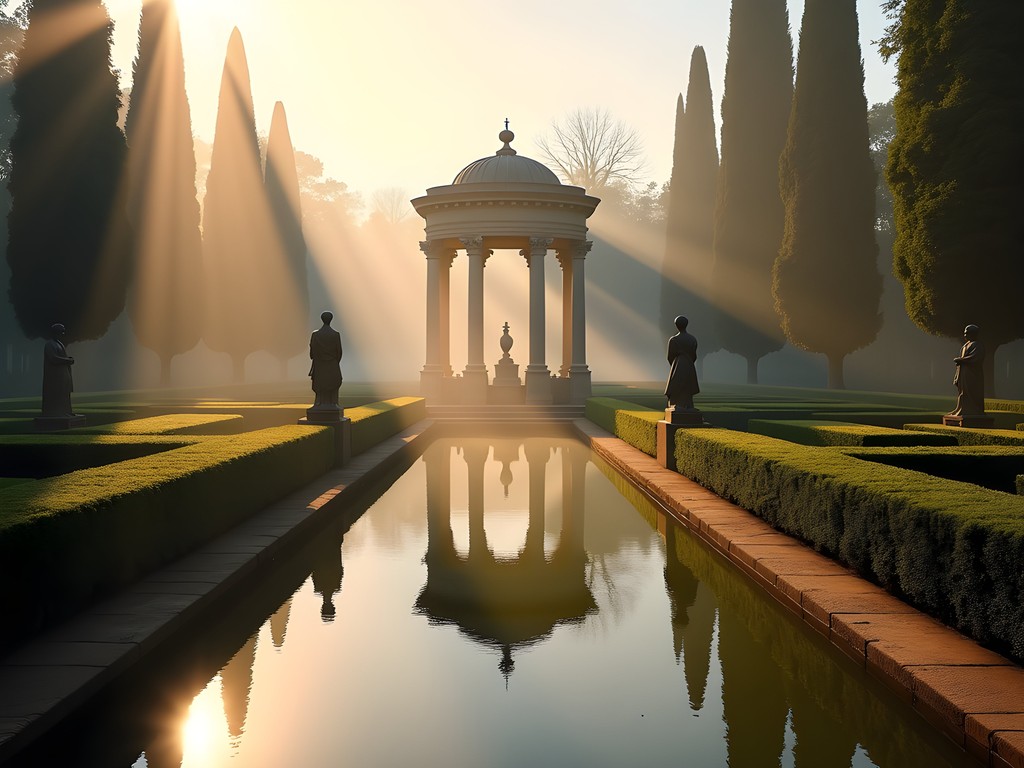
💡 Pro Tips
- Check opening times in advance as they vary seasonally
- Bring a microfiber cloth to wipe dew from stone surfaces if you want to include them in foreground elements
- Look for compositions where architectural elements frame natural features
Final Thoughts
Barcelona reveals its true photographic soul when you step beyond the well-trodden paths of Gaudí architecture. Each of these twelve locations offers a different facet of the city's visual identity—from the haunting beauty of Civil War scars to the geometric precision of rooftop views across Eixample.
As photographers, our challenge is to find fresh perspectives in cities photographed millions of times daily. Barcelona rewards those willing to wake early, climb higher, or venture into neighborhoods where tourists rarely tread. The city's Mediterranean light transforms ordinary scenes into extraordinary images, especially during the golden hours.
Whether you're drawn to architectural details, urban landscapes, or intimate cultural moments, Barcelona offers endless compositions waiting to be discovered. Buona fortuna with your photographic adventures—and remember that sometimes the most Instagram-worthy spots are the ones you'll have entirely to yourself.
✨ Key Takeaways
- Visit popular locations at unconventional times (early morning or late evening) for the best light and fewer crowds
- Seek elevated perspectives from rooftops and hillsides to capture Barcelona's unique urban patterns
- Look for contrasts between historical and modern elements to tell visual stories about the city's evolution
📋 Practical Information
Best Time to Visit
April-May or September-October for optimal light and comfortable temperatures
Budget Estimate
€100-150/day including mid-range accommodations, transportation, and site entrance fees
Recommended Duration
3-4 days minimum to cover these photography spots without rushing
Difficulty Level
Moderate (Some Locations Require Uphill Walking Or Early Morning Starts)
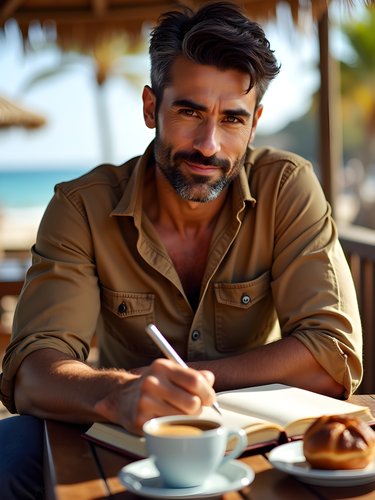

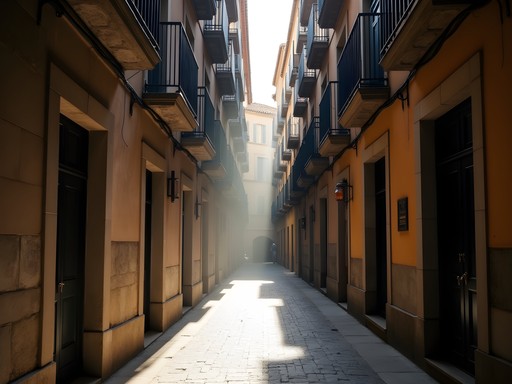
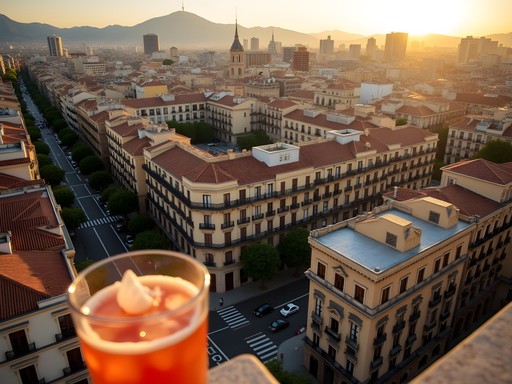
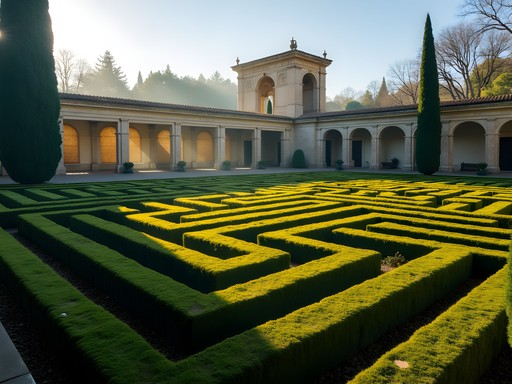

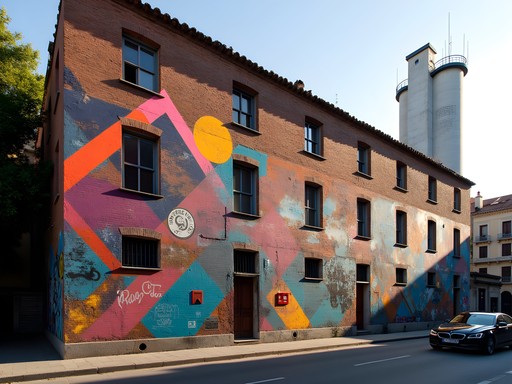


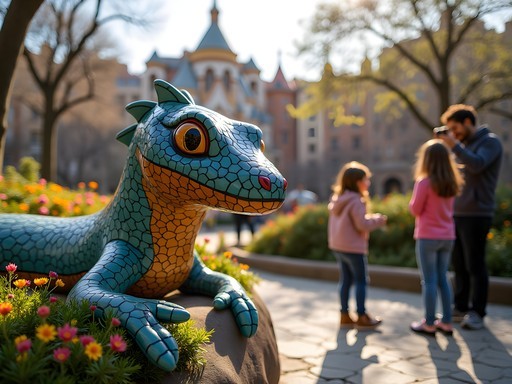

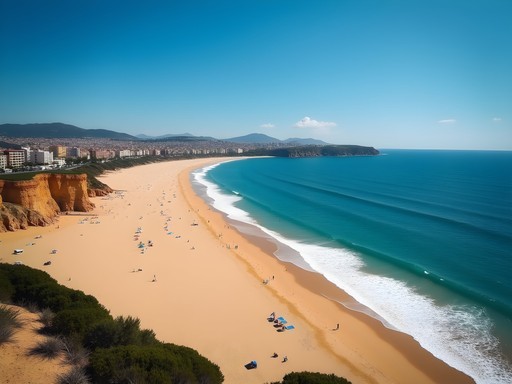
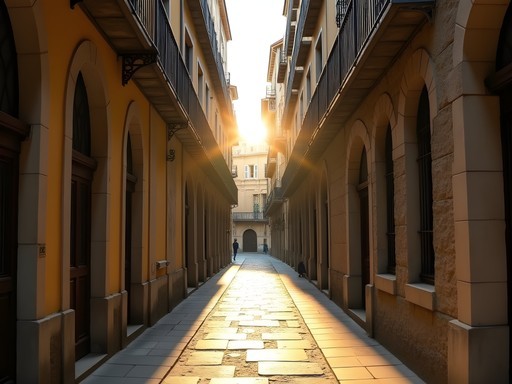
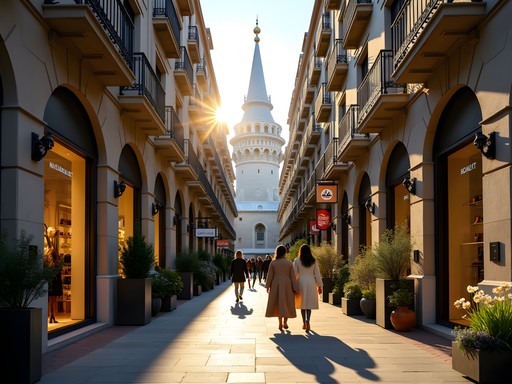
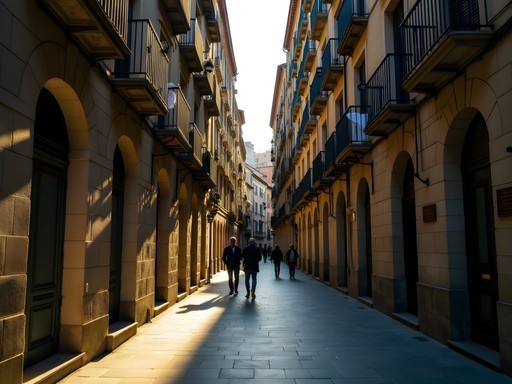
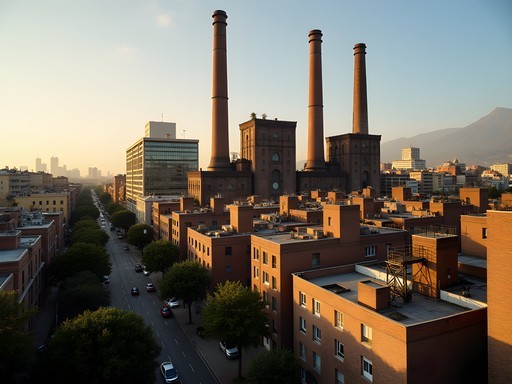
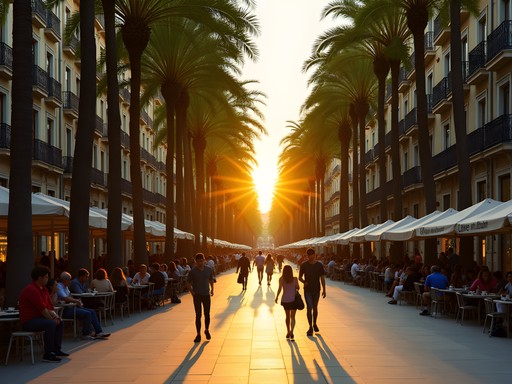
Comments
skyperson
Great post! Is it worth bringing a drone to Barcelona? Any good spots for aerial photography?
Kevin White
Thanks! Barcelona has pretty strict drone regulations - you need permits for most areas. The Bunkers give you amazing aerial-like views without needing a drone at all!
skyperson
Good to know! Will leave the drone at home then. Bunkers it is!
Douglas Bradley
Kevin, I appreciate your focus on locations beyond the typical Gaudí circuit. While his architecture is undeniably photogenic, your suggestions reveal Barcelona's multifaceted visual character. I'd add that the timing for El Born is critical - the narrow medieval streets create dramatic light shafts between 8-10am that completely transform ordinary corners into cinematic scenes. The contrast between gothic architecture and graffiti makes for compelling compositional juxtapositions. I've been documenting European urban transitions for a project, and Barcelona's layers of history visible in El Born provided some of my strongest images. Your guide would be perfect companion reading for anyone attempting to capture Barcelona's authentic visual essence.
springadventurer
How safe is it to carry expensive camera gear around Barcelona? I've heard about pickpockets but really want to bring my good equipment.
Douglas Bradley
Not Kevin, but I've photographed Barcelona extensively. It's generally safe, but be street smart. I use a non-descript camera bag, keep gear close in crowded areas (especially Las Ramblas and metro), and never set equipment down. The tourist areas require more vigilance than spots like Bunkers del Carmel or Parc del Laberint mentioned in this post.
Taylor Moreau
Excellent compilation, Kevin. Having photographed Barcelona extensively for several travel publications, I'd add that winter months offer particularly dramatic light for photography, especially in the Gothic Quarter where the low sun creates striking shadows between buildings. For those wanting to capture the city from above, beyond the Bunkers, consider a morning visit to Montjuïc Castle - the dawn light on the port and Mediterranean is exceptional and far less photographed than the city-facing views. The Castle opens at 9am, but arriving at the hill before opening provides those golden hour opportunities.
roammaster
Thanks for the Montjuïc tip! Added to my list for December trip.
blueway
El Born was my favorite neighborhood when I visited! Those narrow streets with laundry hanging between buildings made for the BEST photos. I'd add that early morning (like 7-8am) is perfect for photography there - the light is soft and you'll have the streets almost to yourself before the shops open. Parc del Laberint d'Horta was also magical but I went midday and it was crowded. Next time I'll try for opening time.
roammaster
Great list! What camera did you use for these shots?
blueway
Not the author but I shot Barcelona with my mirrorless and a wide angle lens. Perfect for those narrow Gothic Quarter streets!
oceanzone
Just got back from Barcelona last week and I wish I'd seen this before going! We did make it to Bunkers del Carmel though and the sunset views were INCREDIBLE. Definitely worth the climb. We brought some wine and snacks and just sat there watching the city lights come on. Much better than fighting crowds at the usual spots.
Taylor Moreau
The Bunkers view is spectacular indeed. I always recommend clients go there for sunset rather than sunrise - fewer people and the golden light on the city is magnificent.
oceanzone
Good tip! We went around 7pm and it was busy but not overwhelming. Definitely magical watching the city lights come on.
winterstar
Just wow! That rooftop bar shot with Sagrada Familia in the background is incredible. Which one was that taken from? Heading to Barcelona in two weeks and need to add it to my list!
Frank Garcia
Not the author but that looks like Hotel Ayre's rooftop. Great spot but make a reservation - it fills up fast for sunset!
wanderlusthero
Just got back from Barcelona and wish I'd seen this sooner! I did stumble upon the Parc del Laberint and it was INCREDIBLE for photos. Not a single tourist in my shots, which felt impossible in Barcelona. Pro tip: I went right when they opened on a Tuesday and practically had the place to myself for an hour. Also, my Sony RX100 VII was perfect for capturing both the maze patterns from above and the detailed garden sculptures. The light through the cypress trees creates these amazing natural spotlights!
springadventurer
Did you need a special permit to photograph there? Some gardens have restrictions.
wanderlusthero
Nope! Just the regular entrance fee (which was super cheap) and they were totally fine with my camera. Just no tripods allowed inside.
travelbuddy
Those rooftop bar shots are killer! Which one had the best view?
Kevin White
Hotel Barceló Raval has a 360° view that's hard to beat! But La Isabela at Hotel 1898 on Las Ramblas has a more intimate vibe if that's what you're after.
Venture X
Premium card with 2X miles, $300 travel credit, Priority Pass